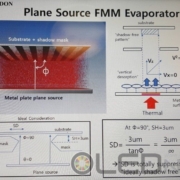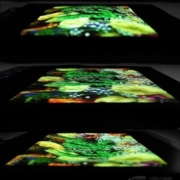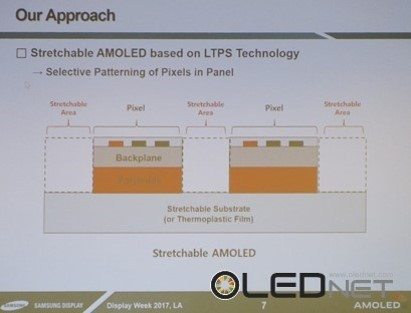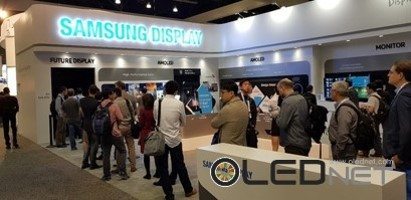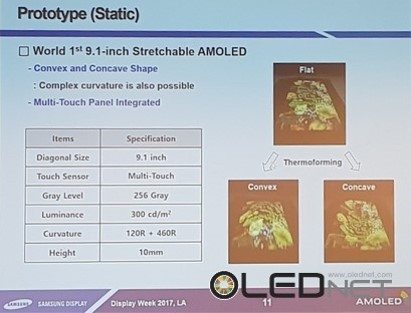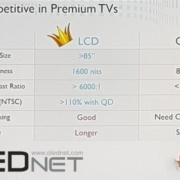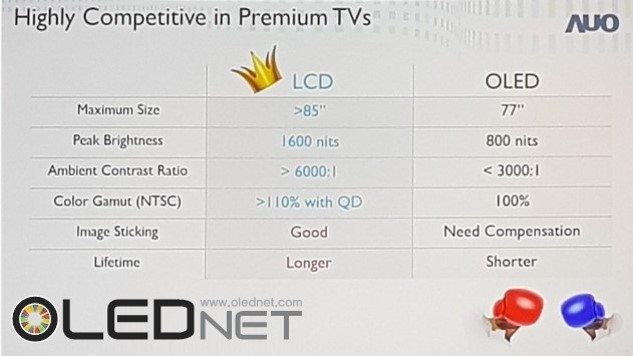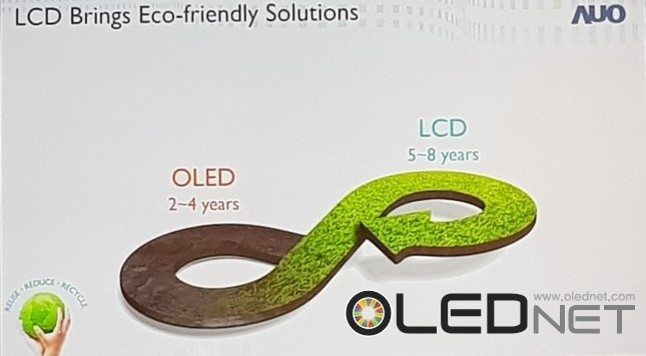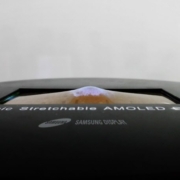OLEDON with Dankook University succeeding in developing next-generation ultra high resolution patterning deposition technology
Chin Byung-Doo, professor at Dankook University and Hwang Chang-Hoon, professor at Dankook University and CEO of OLEDON announced that they have succeeded in developing evaporation pattern deposition technology which can realize 0.38um shadow distance (SD) at SID 2017.
Mr. Hwang, CEO of OLEDON announced at 2016 IMID Business forum that he succeeded in implementing plane source evaporation and 1.1um shadow distance with 100um-thick shadow mask. At that time, Mr. Hwang said, ‘If we reduce the step height to 3μm, theoretically, we can implement the shadow distance down to 0.38 um, so the OLED panel resolution will be possibly more than 2250ppi.’
At the SID 2017, OLEDON’s solid result of implementing SD 0.38um in application of actual plane source drew great attention from people in relevant industries regarding the possibility of mass production.
Current OLED panel production technology has the limits on implementing the resolution higher than QHD (about 600ppi) for about 3 um thick shadow which causes overlapping micro patterns in the UHD (over 800ppi) AMOLED patterning process to degrade the fine pattern density. Consequently, OLED panels are produced only at QHD level.
If OLEDON’s surface source patterning deposition technology is applied to mass production, the shadow distance can be reduced to 0.38 ~ 0.56um, which can improve the resolution about 8 times higher. In addition, if scale-up development is applied to a large size OLED display production in the future, it is possible to manufacture a micro AMOLED device equipped with super ultra resolution (SUHD) resolution higher than 3300ppi.
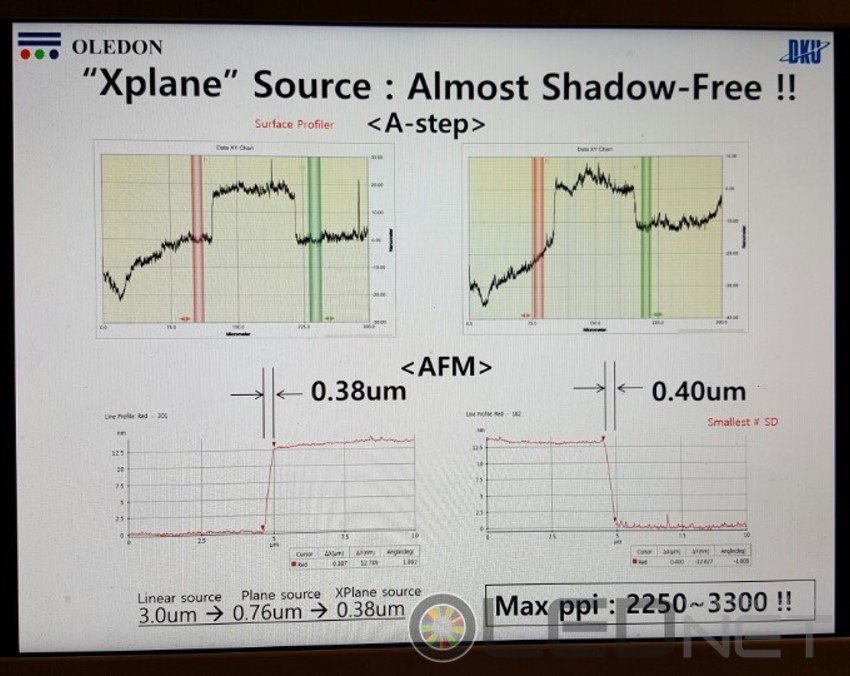
<Shadow data from the surface source deposition technology>
Hwang Chang-hoon, CEO of OLEDON said, ‘using the idea of primarily evaporating the organic material and its deposition on the metal surface in the vacuum environment to form organic molecular film and re-evaporate it for the second coating deposition, we have found a condition to minimize the evaporation angle of the organic molecular beam. ”
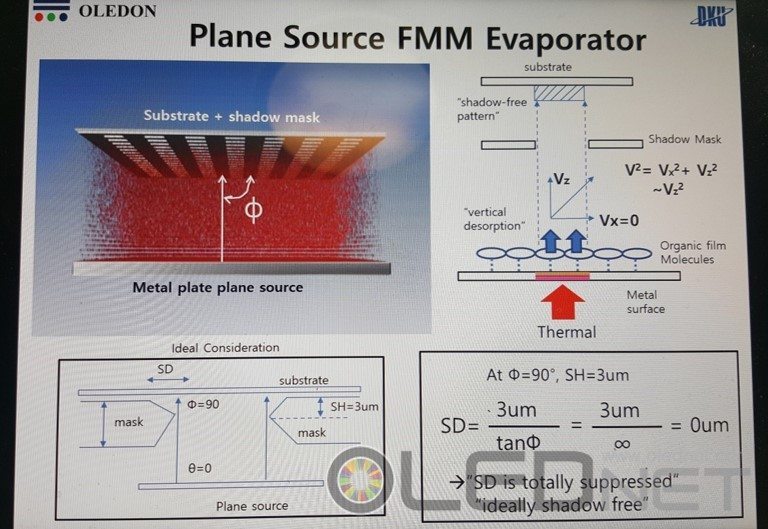
<The principle of film source presented by Mr. Hwan at the SID>
With the recent focus on display resolution, OLEDON’s research results are expected to bring significant impact on the relevant industry.
Meanwhile, Prof. Hwang Chang-hoon has been developing new deposition technology for 25 years via a deposition specialist company. He holds the original patent of surface source deposition technology (Linear organic device mass production equipment with top-down thermal induction deposition: Registration No. 101206162000).

